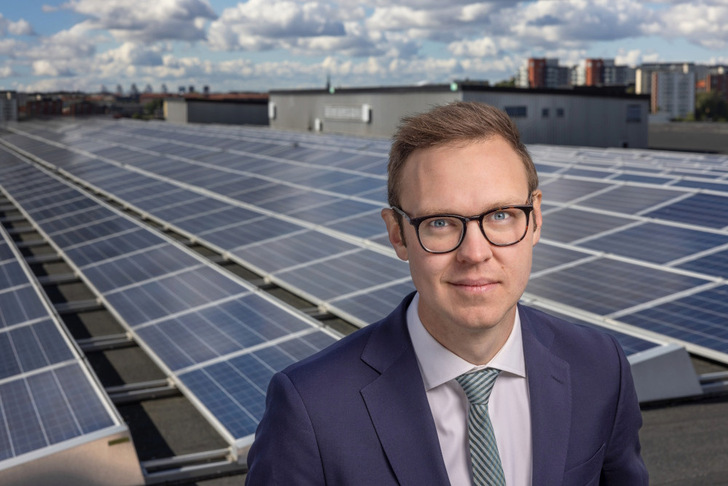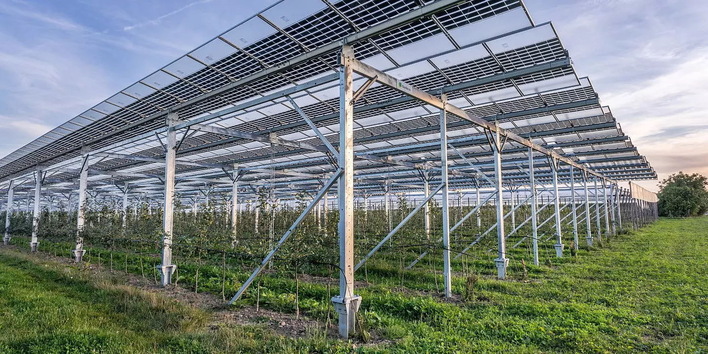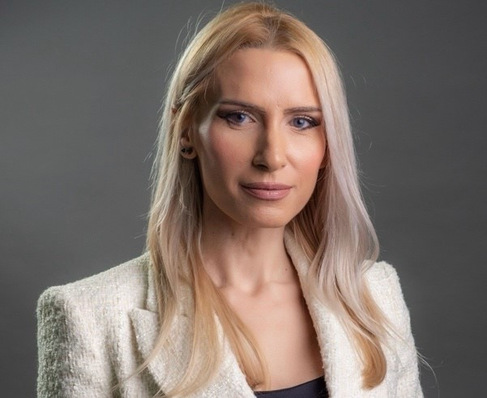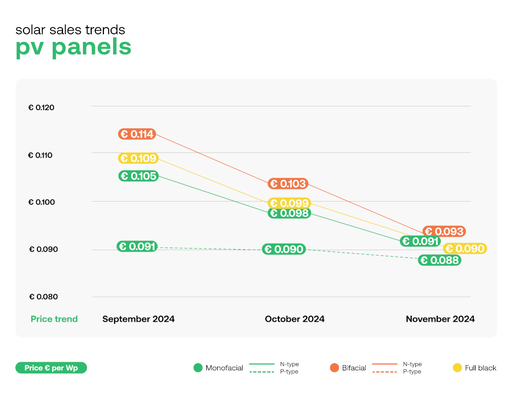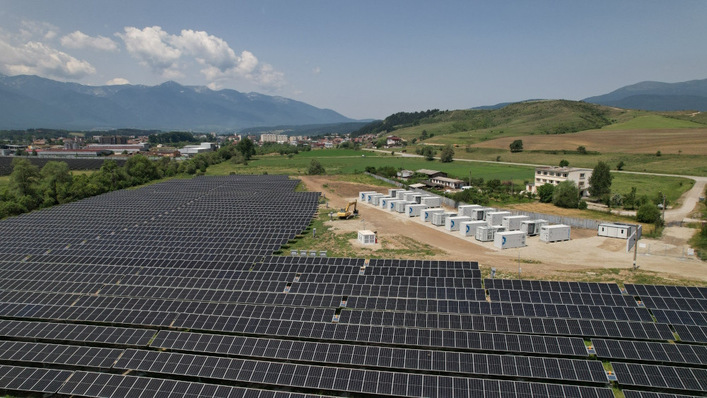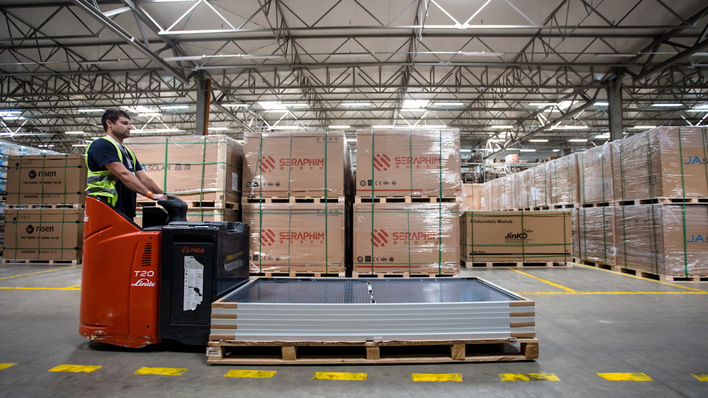2023 was the year of batteries and solar systems, largely due to the unstable international situation in 2022, which caused energy prices to soar. Private individuals' investments in solar systems increased by 90 percent compared to 2022 and became 17 billion, while investments in batteries increased by as much as 220 percent to 3 billion. This shows full-year data from the Swedish Tax Agency compiled by the industry association Svensk Solenergi. For the first time, investments in charging boxes decreased (-20%), largely due to the disappearance of the bonus for electric cars at the end of 2022.
„The green tax credit is a good policy that strengthens the resilience of households to disruptions in the energy system. It is very gratifying that Swedish homeowners have invested in the green transition and at the same time made themselves more prepared for future crises,“ says Anna Werner, CEO of the Swedish Solar Energy Association (Svensk Solenergi).
In 2021, the previous government introduced the tax reduction for green technology, the green deduction. It covers the installation of solar systems, batteries and charging boxes and can be applied for by private individuals for installation on their own villa, holiday home or a parent's house. Since its introduction, interest in the deduction has grown steadily and peaked in 2023.
Current decline in the sale of solar systems
However, this trend seems to be broken in 2024 as we are now facing a decline in the sale of solar systems. At the beginning of 2024, the Swedish Tax Agency came up with a new interpretation of the rules for how to use a battery that has received a green deduction.
"The Swedish Tax Agency's strange interpretation has put a spanner in the works for the battery market, which has also affected the solar market," says Werner. The government now needs to quickly prioritize a clarification of the law that does not inhibit the good work of batteries in the electricity system. If the government wants to save money, it is better to reduce the percentage of the deduction. Batteries are usually profitable anyway.
Solar energy is still well on its way to becoming the world's largest energy source. 2022 marked an exceptional year in terms of demand, as reflected in the installation figures for 2023. In 2024, the market is moving towards a more normal growth rate.
Halland is the county where residents have been best at using the green deduction in 2023, in terms of population, followed by Kalmar County.
Differences between rural areas and suburbs
Residents in commuting municipalities near major cities, such as Mörbylånga, Trosa and Laholm, invest the most in green technology per person. They also invest the most in batteries. Residents of municipalities near smaller urban areas, such as Tjörn, Höör and Gnosjö, invest most in solar systems, while residents of municipalities near one of the country's three major cities invest most in charging boxes. Examples of such suburban municipalities are Danderyd, Lerum and Vaxholm. These are the municipalities that most clearly increased their investments in batteries in 2023. They also invest significantly less in solar systems per capita compared to other types of municipalities.
In a nutshell, it can be said that private individuals in rural areas are the best at investing in green technology that provides higher electricity production, while residents in the suburbs use the deduction to invest in charging boxes so that they can use the electricity. (hcn)


